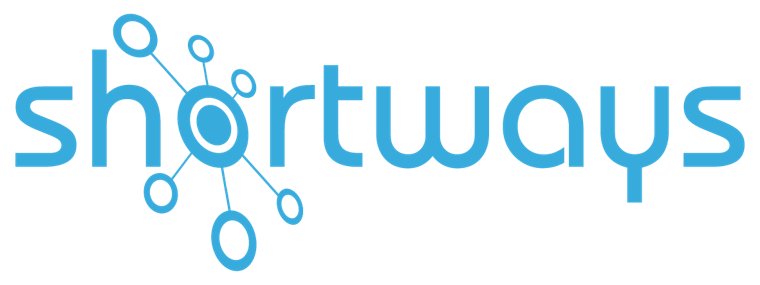Ticket Volume: Understanding and Anticipating Demand 🎫
Repetitive tickets on similar issues may also indicate structural problems. For instance, if multiple users encounter the same issue in a business process, such as purchase requests or time tracking, this might suggest that the tool’s interface is not user-friendly or that improved access to training is needed. Over time, this repetition unnecessarily burdens support agents and reinforces user dependency on support.
Processing Time: Improving Process Efficiency ⌛
Processing times can also increase due to the complexity of systems in place or unclear user requests. When agents need to follow multiple steps to qualify a ticket or contact the user for additional information, the process becomes lengthier. Reducing processing time requires optimising ticket flows and equipping agents with suitable tools to shorten intervention times.
Hourly Rates and Outsourcing: Optimising Resources 🕜
In outsourced services, hourly rates and priority management become critical cost factors. Poorly managed interventions, undefined prioritisation of requests, or excessive outsourcing for simple tickets can quickly escalate the final bill.
Conclusion
High user support costs may seem unavoidable in complex and digitalised work environments, but they are not insurmountable. By identifying and understanding the three main factors—ticket volume, processing time, and hourly rates—businesses can better manage these costs and optimise their resources.
Reducing ticket volume often involves improving user experience and upskilling employees to foster greater independence.
More efficient support relies on streamlining ticket processing, enabling teams to respond to requests quickly and consistently.
Finally, controlling hourly costs related to outsourcing requires close collaboration and regular evaluation of service providers to ensure that service levels precisely meet business needs.
In summary, an optimised support strategy not only reduces operational expenses but also improves end-user satisfaction and productivity. To achieve these goals, businesses must adopt a proactive and evolving approach to user support, integrating innovative solutions and regularly refining practices to remain competitive.
To explore more about optimising your support and turning challenges into performance drivers, check out our other articles:
👉 Many businesses assume that outsourcing user support is a cost-saving measure, but this is a misconception. Read more in “Misconception: Outsourcing User Support Costs Less”.
👉 Discover practical strategies in “4 Secrets to Reducing the TCO of Your Business Application”.





